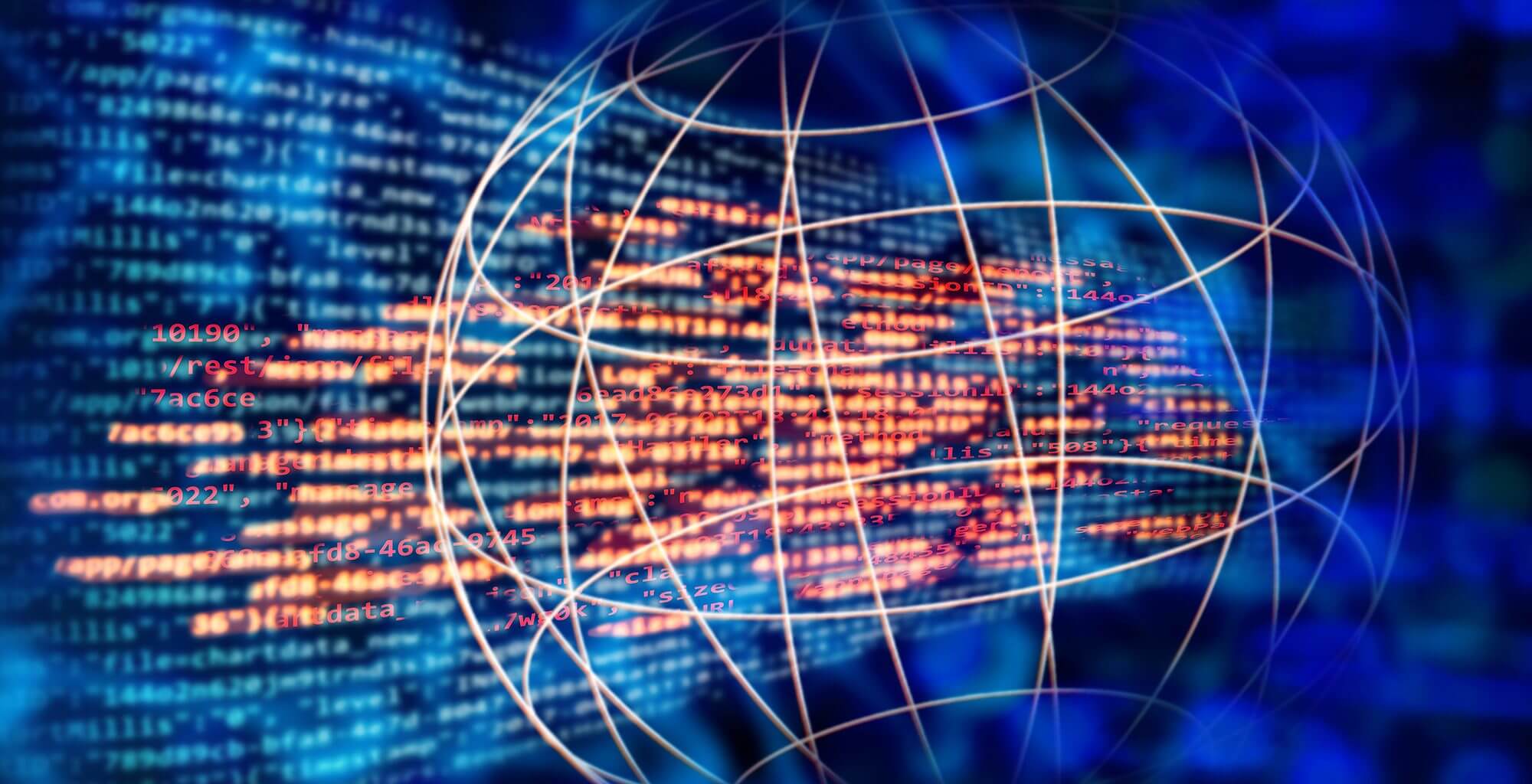Blog

Cyber risks: 3 trends you need to be aware of
It’s Data Privacy Week, so we’ve put these trends together to inform you of potential cyber risks, and to help keep you and your customers safe.
Internet of Things (IoT) , 5G, and smart devices are all part of the modern digital transformation process of homes and businesses worldwide. But with potential opportunities, there are risks that come too. Here is a look at some of the growing risk trends as suggested by Munich Re experts.
#1: As 5G expands, so does cyber-attack vulnerability
The mobile standard of 4G (LTE), with a data capacity of 1 gigabyte per second (Gbps) is in the process of phasing out. This of course is making way for the leap to the 10 Gbps capabilities of the 5G network.
Even though the advanced ability to back-up or transmit massive volumes of data with the strength of 5G will bring many advantages, it also creates new targets for attackers. In particular, the capability of IoT devices to bypass a central router when exchanging data, make the devices more difficult to monitor, and more vulnerable to direct attacks.
#2: The “always-on” environment: IoT
Living in an IoT culture has redefined what it means to always be on. Smart devices are no longer only personal communication devices but now have the capability to talk to each other as well. The collaboration of mobile devices and voice-controlled digital assistants is redefining the way we live today.
With this type of progress come higher levels of complexity and increases in unsecured data exchange like never before. A vast network of devices and data transfer means that the origin of data leakage points is becoming more difficult to trace. An understanding of this new ecosystem is more necessary than ever. For businesses, the primary keys for moving forward are knowing where their devices are, what data is being generated, and who has access to them.
#3: Ransomware attacks point to a more sophisticated approach
While it’s not clear whether ransomware attacks will rise or continue to decline, attackers are anticipated to be more refined in their approach.
Targeting in a variety of ways will increase. It is likely that we will see a combination of traditional as well as mobile ransomware hacks, combined with different threats used in tandem, such as phishing and cryptojacking. However, phishing and malware delivered by emails remain the most frequent type of attack.
Additionally, cybercriminals are expected to mature, become more patient, watch, and wait. They’re likely to produce fewer attacks with higher impacts. At the same time, the cybercriminal underworld is becoming more collaborative and is consolidating, creating fewer but stronger malware-as-a-service families which could lead to major disruptions.
Regardless of geography or industry, cyber will continue to be a matter of staying informed and remaining risk-aware.
Original version of this article written by Martin Kreuzer, Loss Control Consultant Claims at Munich Re Group, can be found on Topics Online. For information only. Not applicable to all situations.







